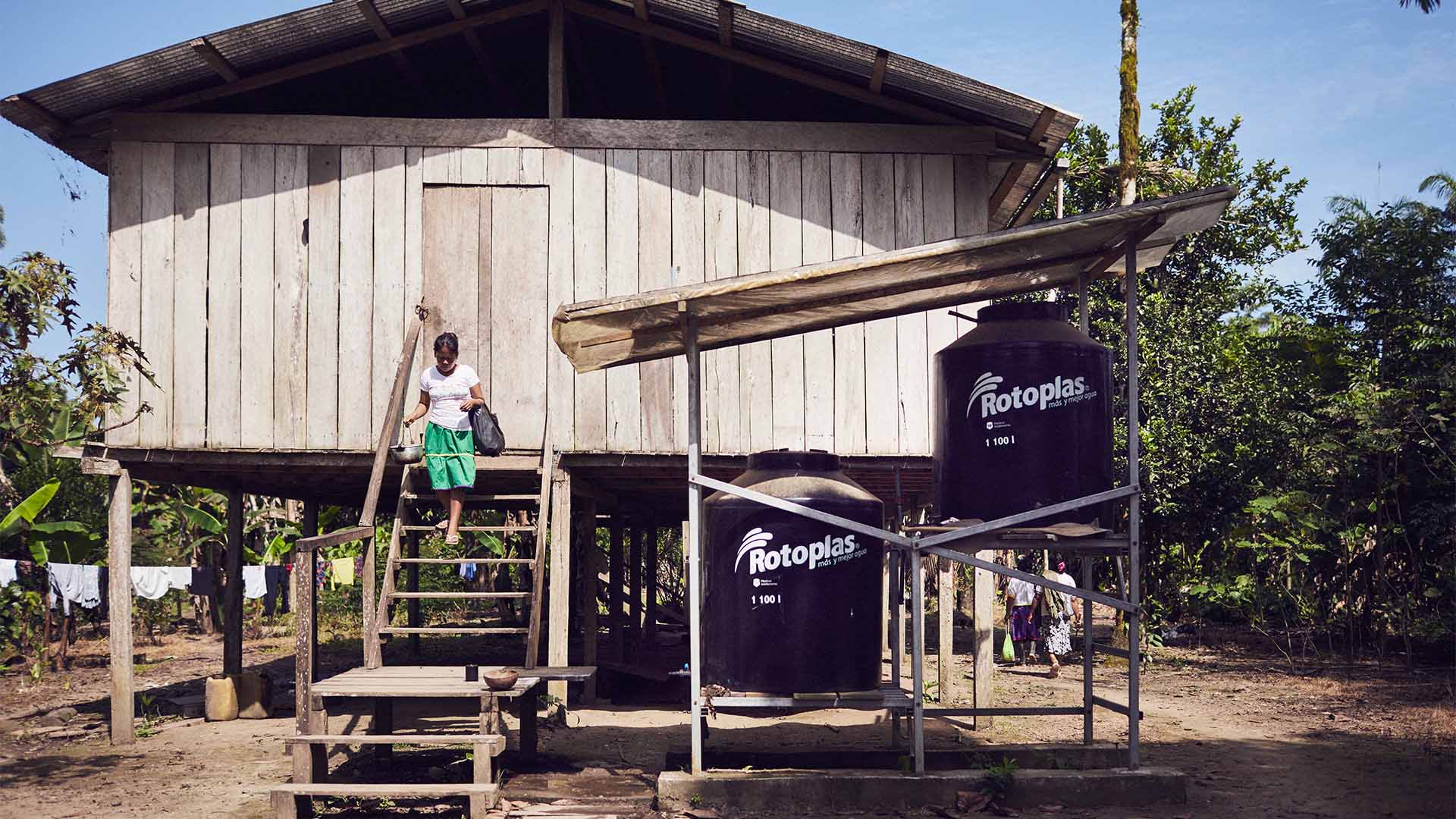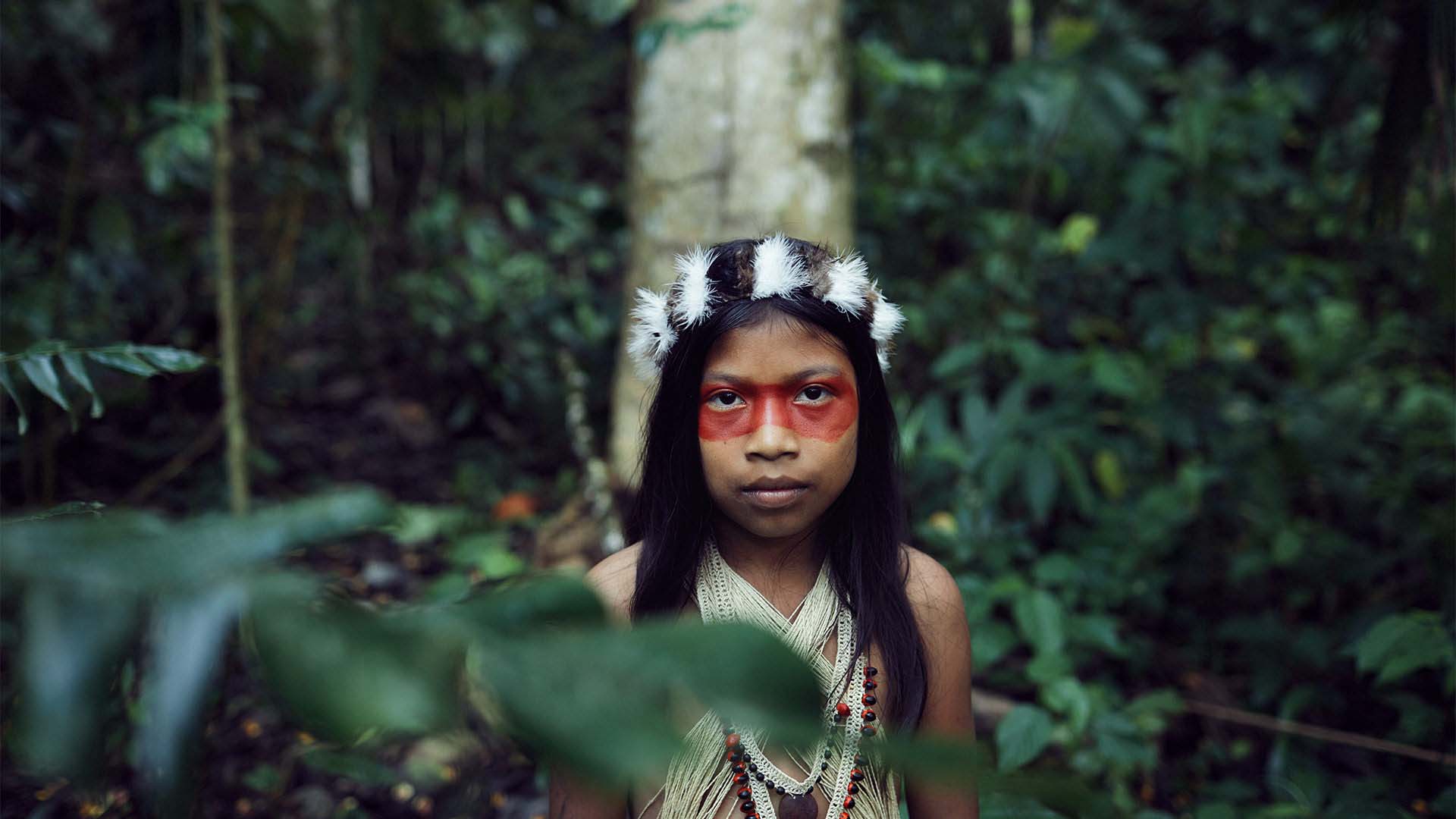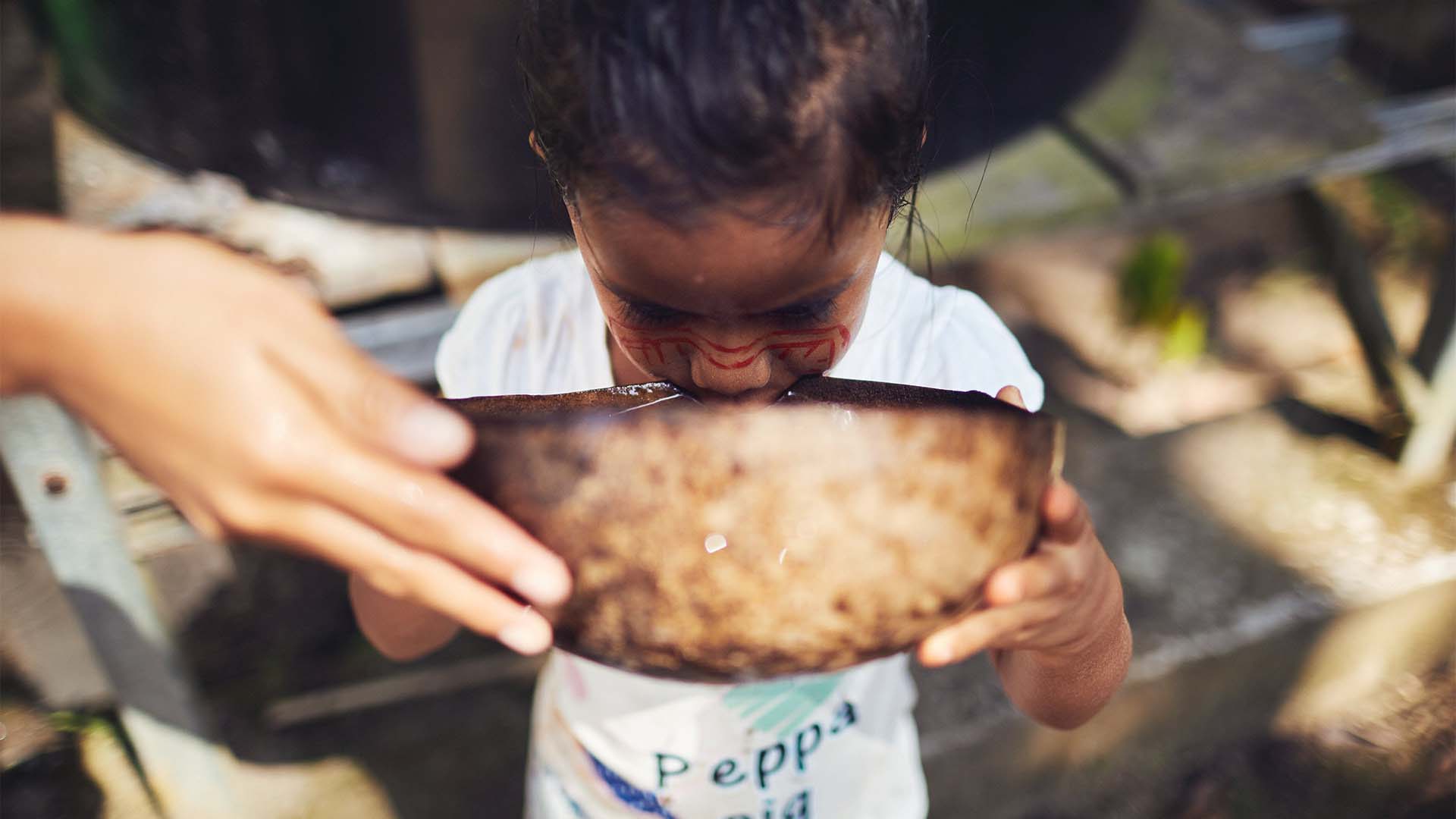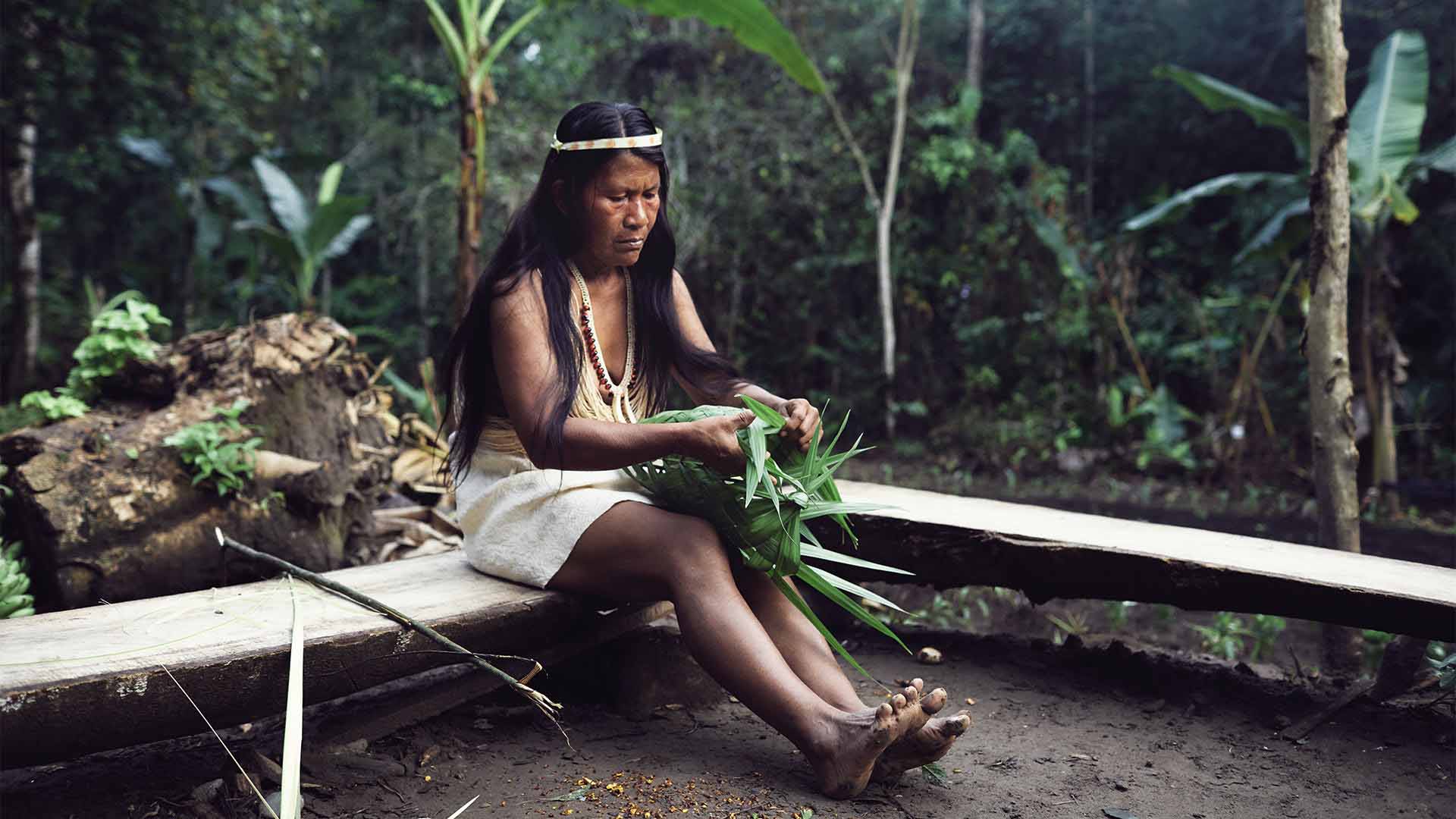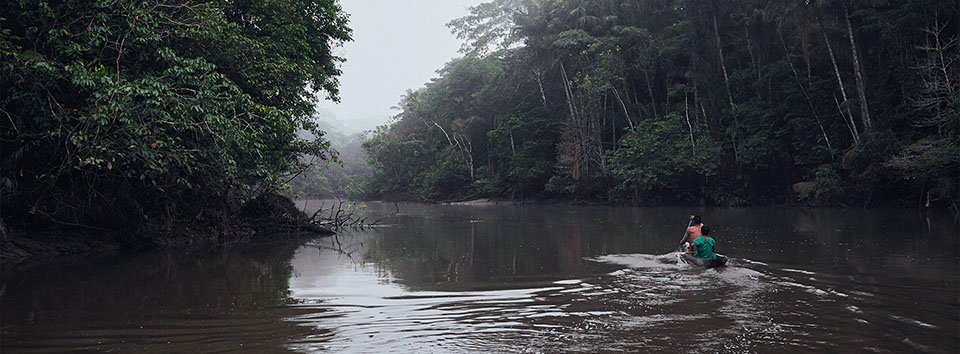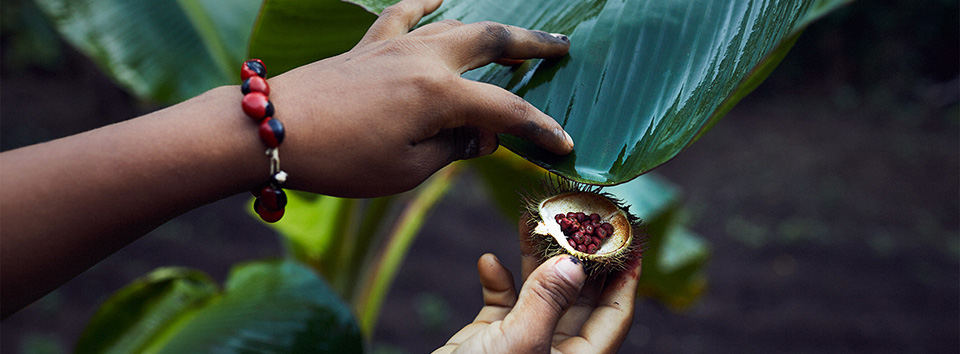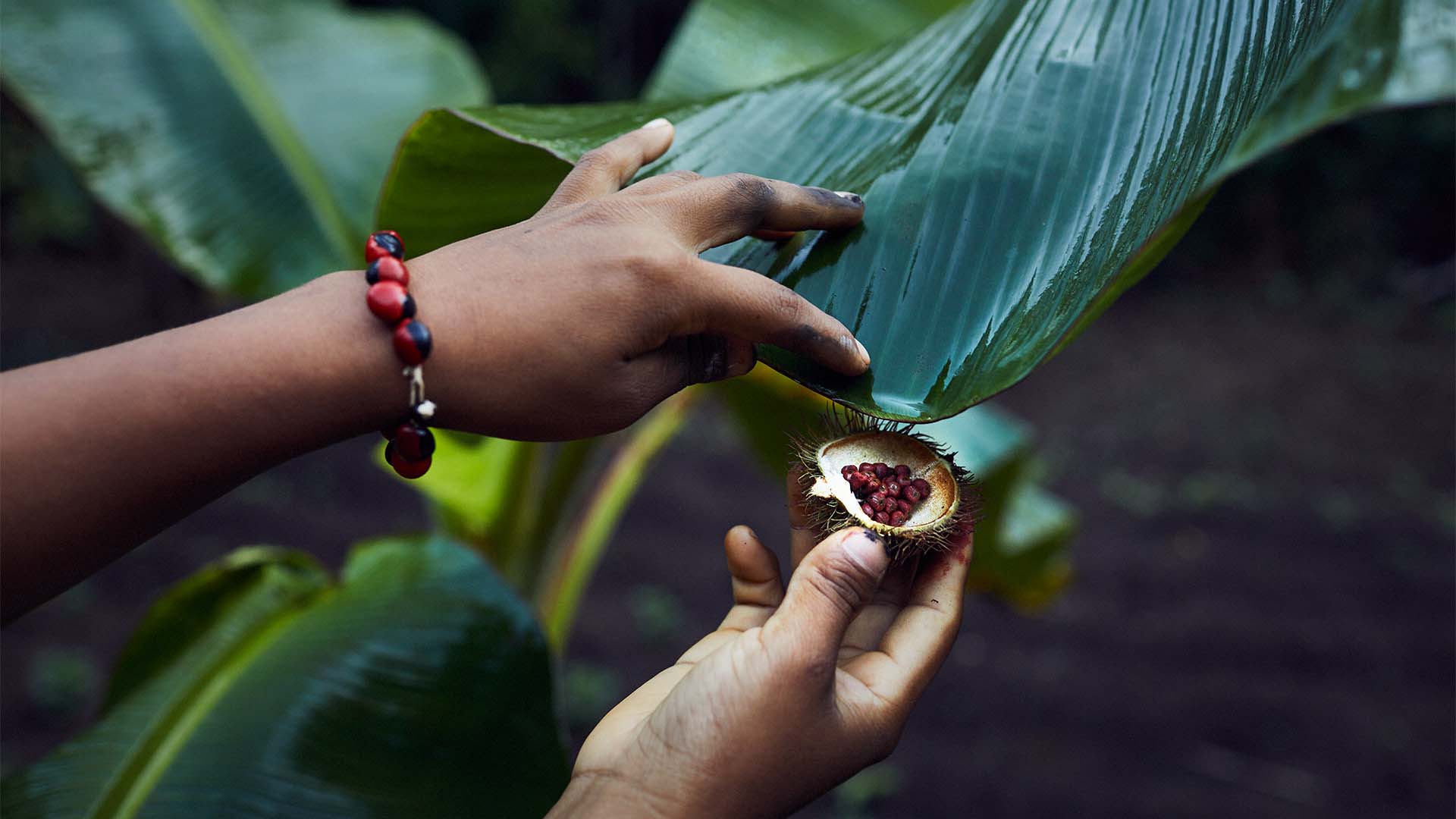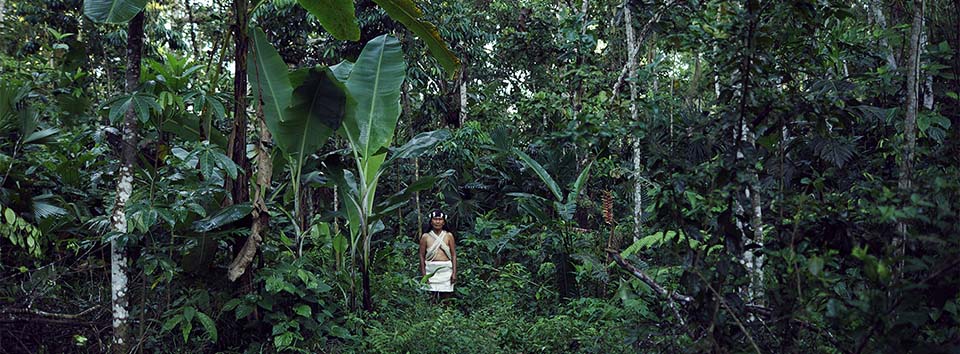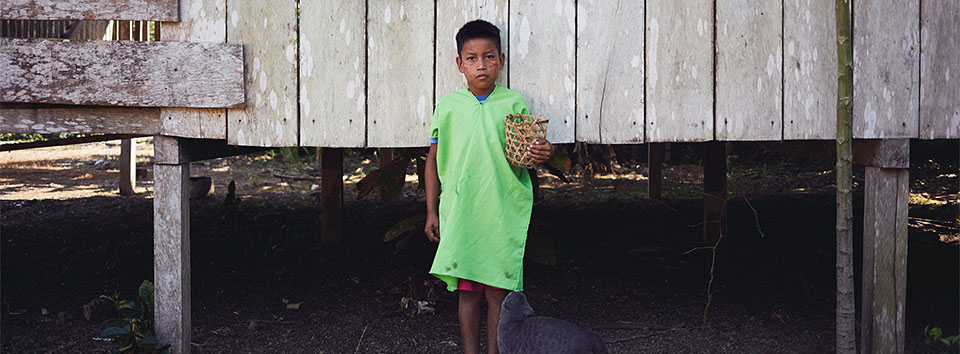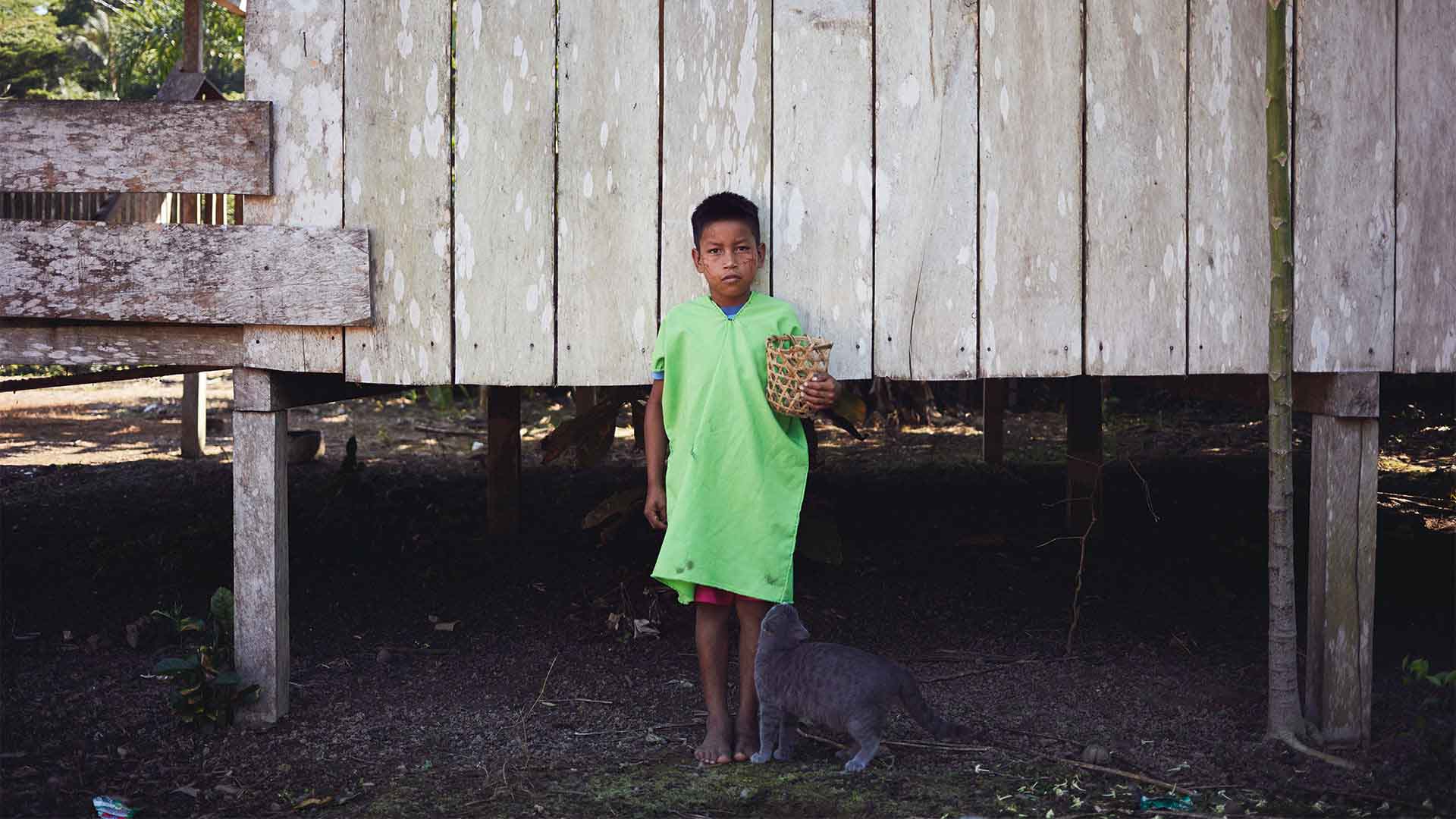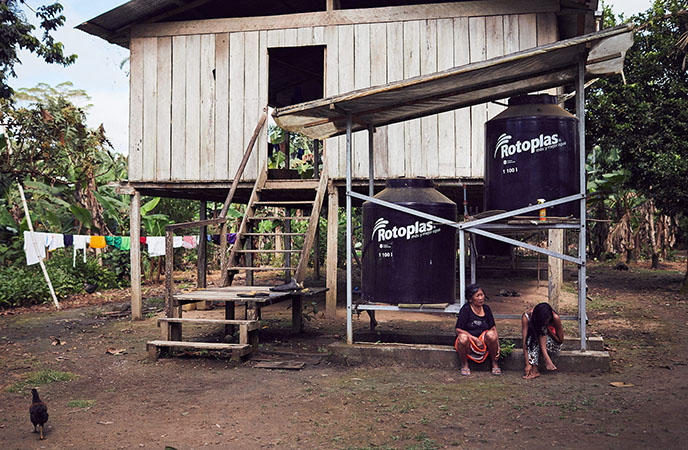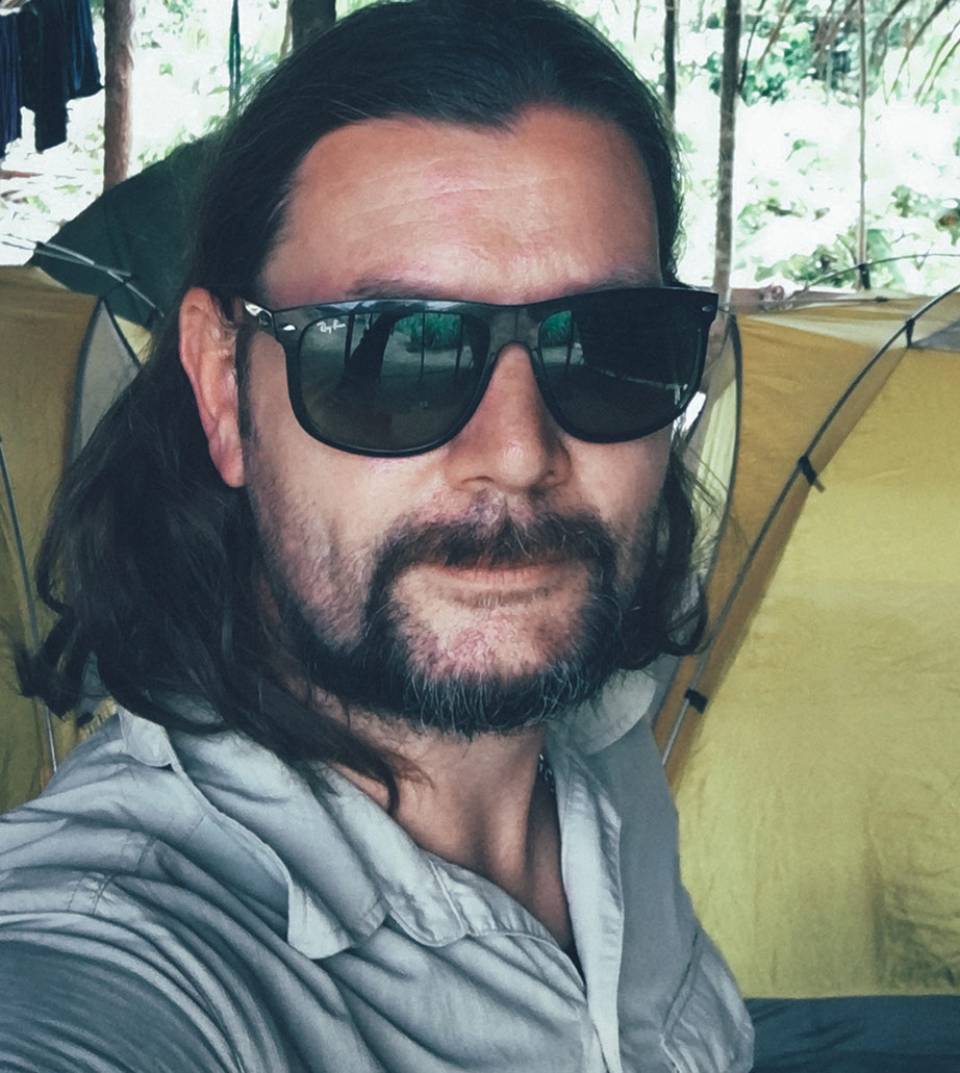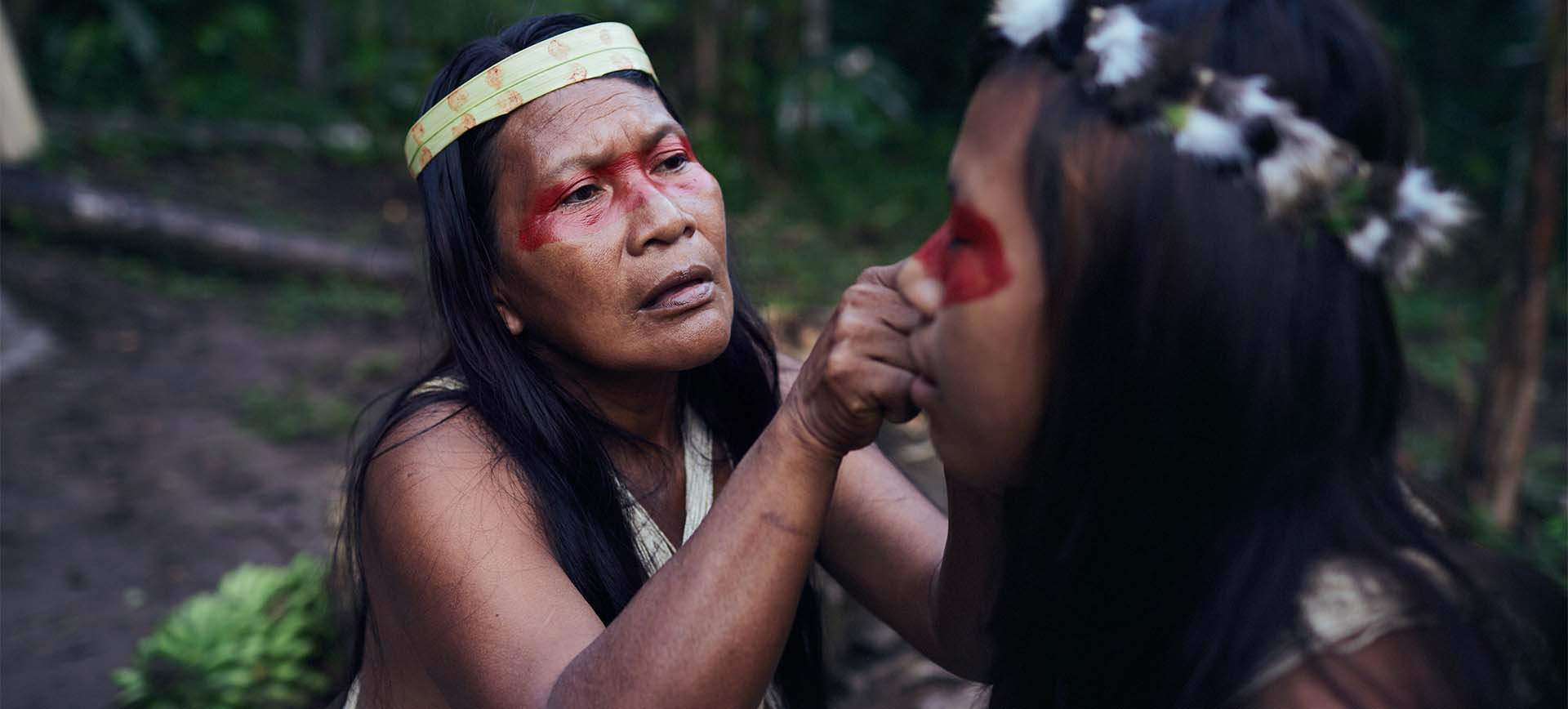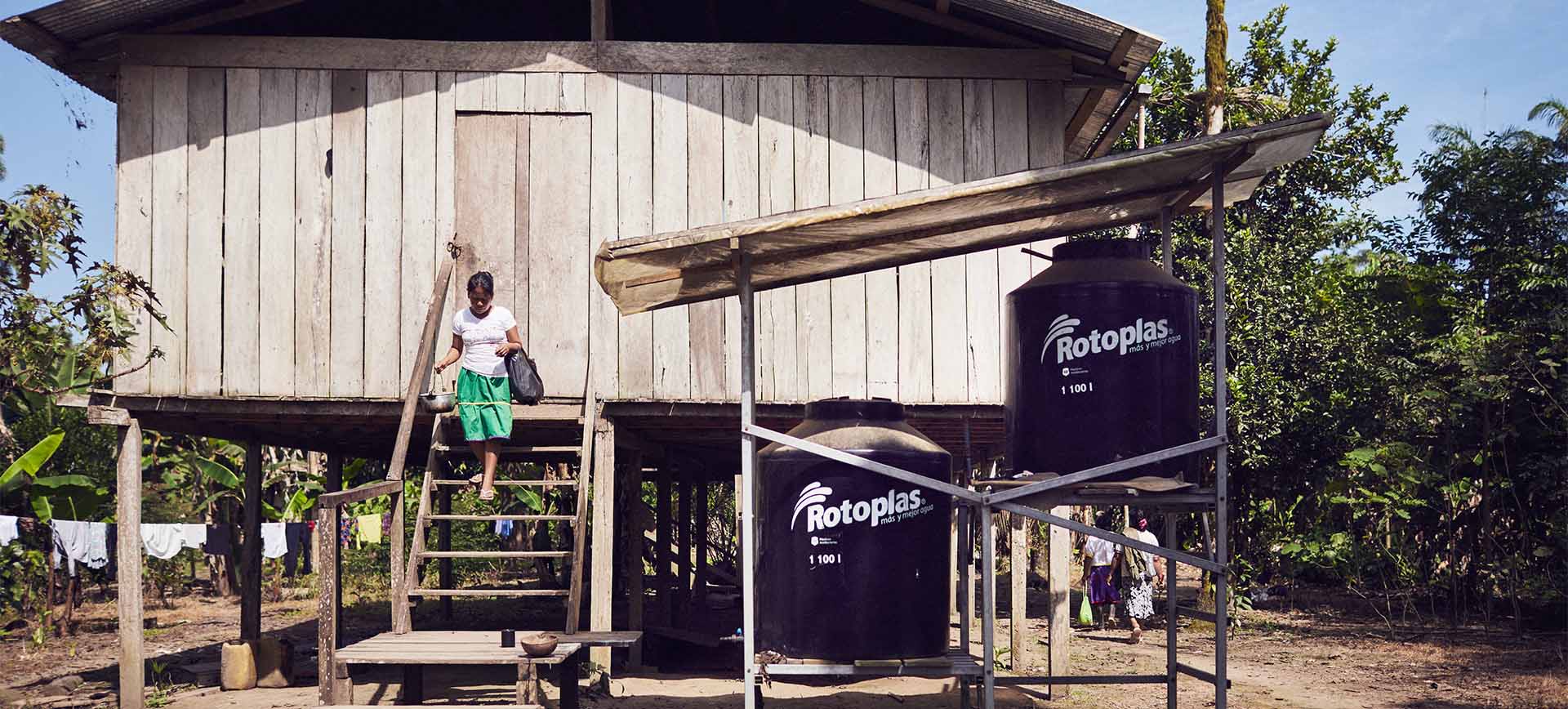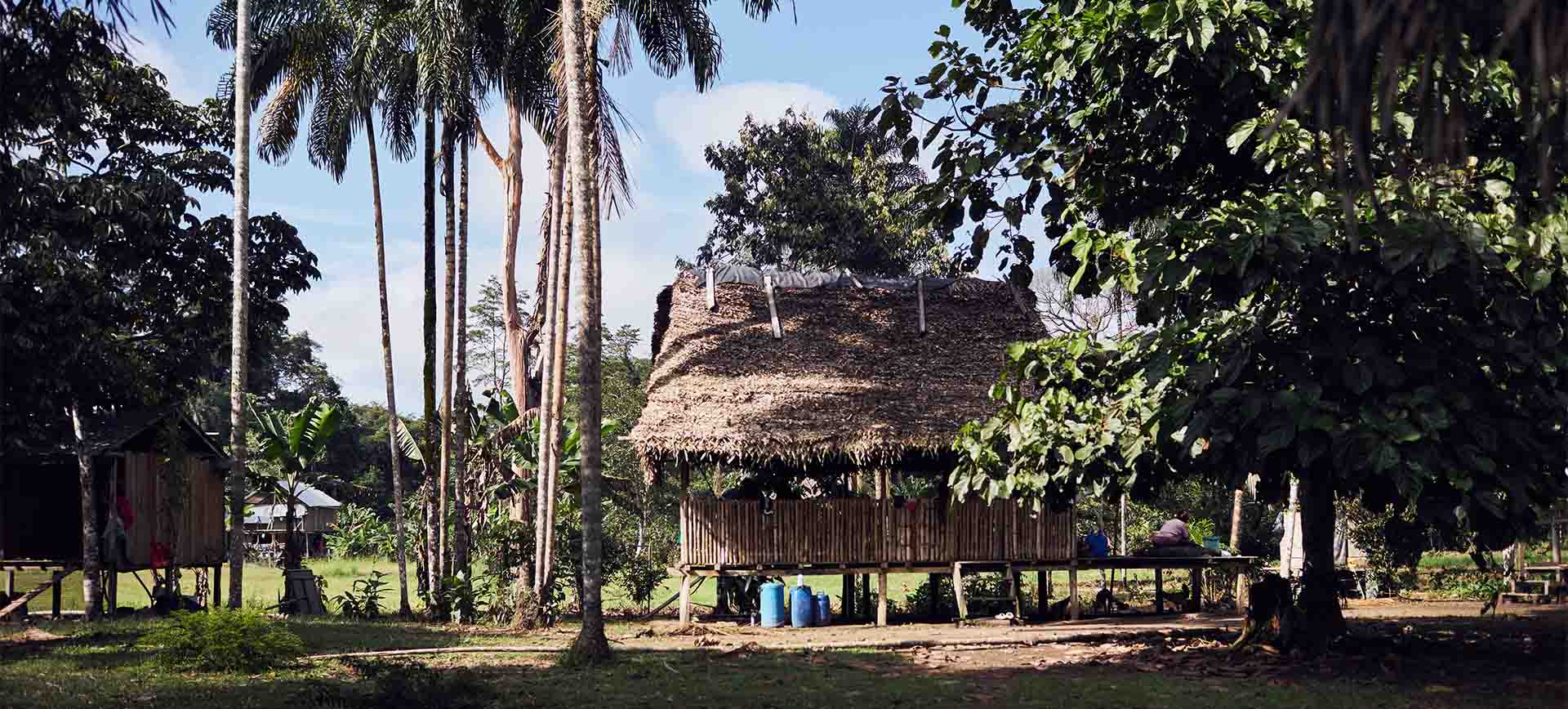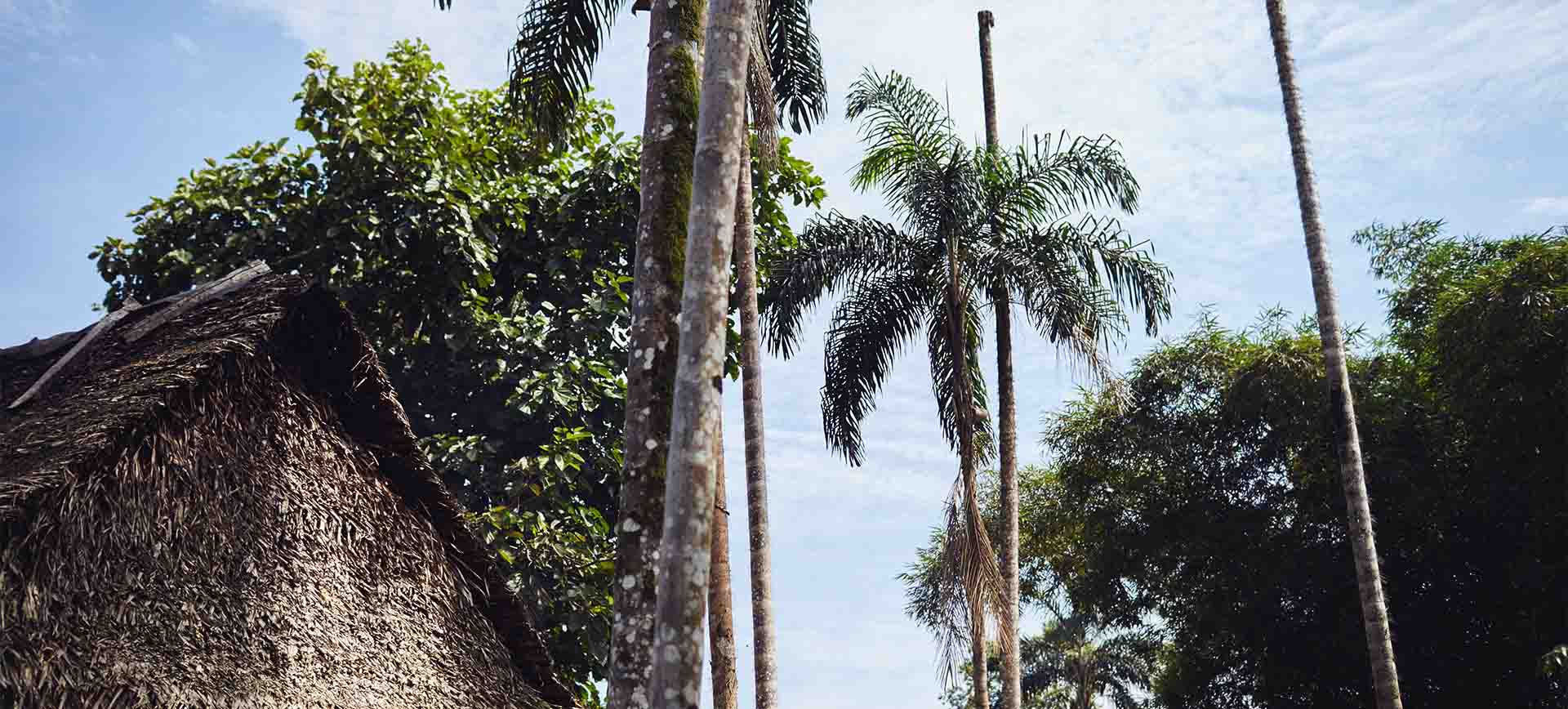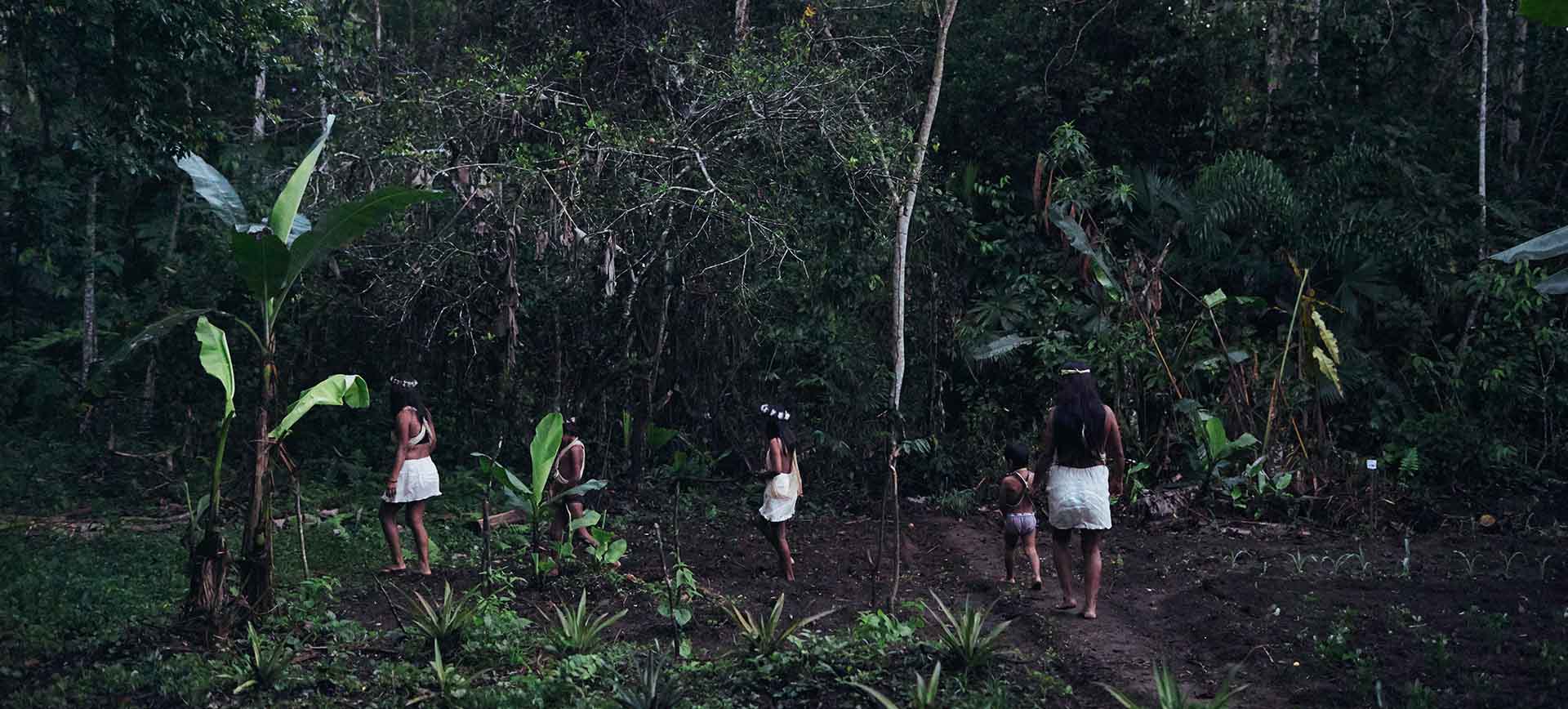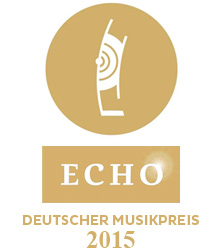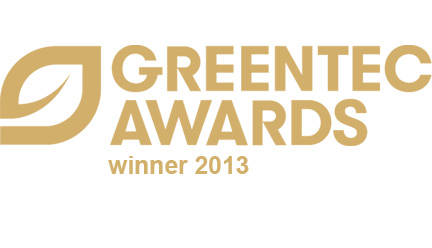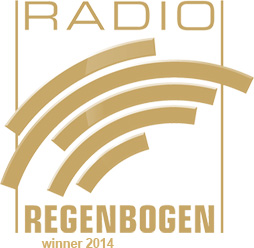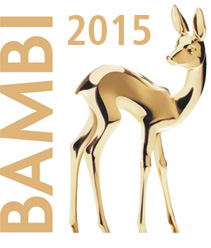The Clearwater Project (2011 - 2021)
The Amazon Rainforest houses 20% of the Earth’s freshwater resources. Nevertheless, the oil industry has exploited the northeastern region of Ecuador for decades for oil extraction.
A land that has rightfully belonged to the indigenous people of the Amazon for thousands of years. Rivers, streams, and soil have been contaminated, polluted, and rendered infertile by the resulting activities. Saving An Angel supported the ClearWater project, and thus, the indigenous inhabitants and local farmers in their struggle for the cleanup and restoration of their land from October 2011 to the end of 2021.
ClearWater is an initiative that emerged through the collective efforts of communities residing in the Amazon.
